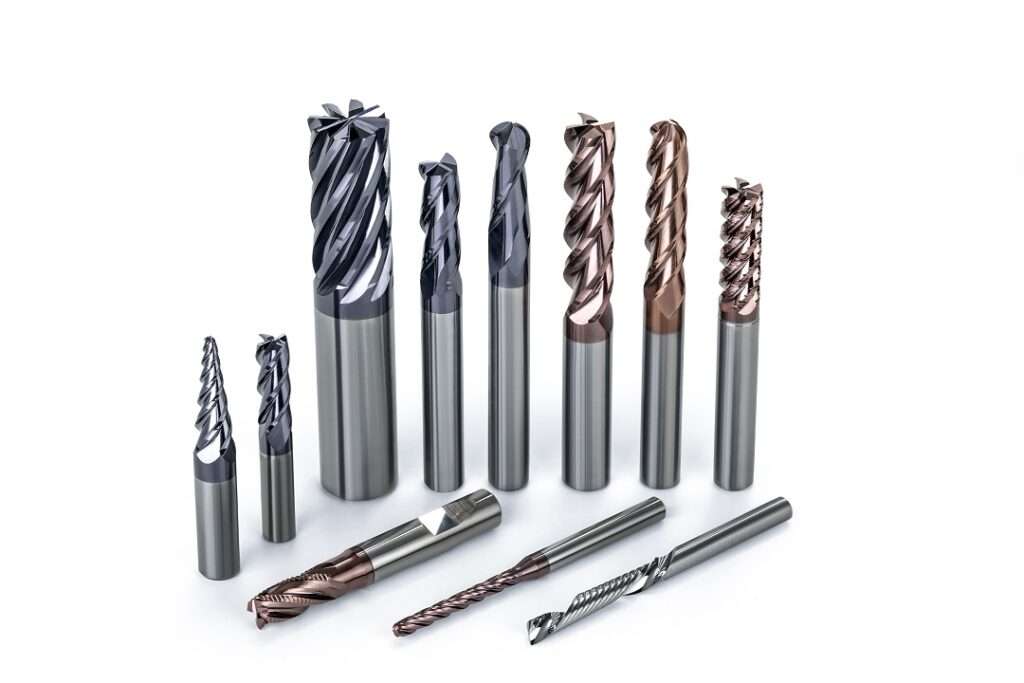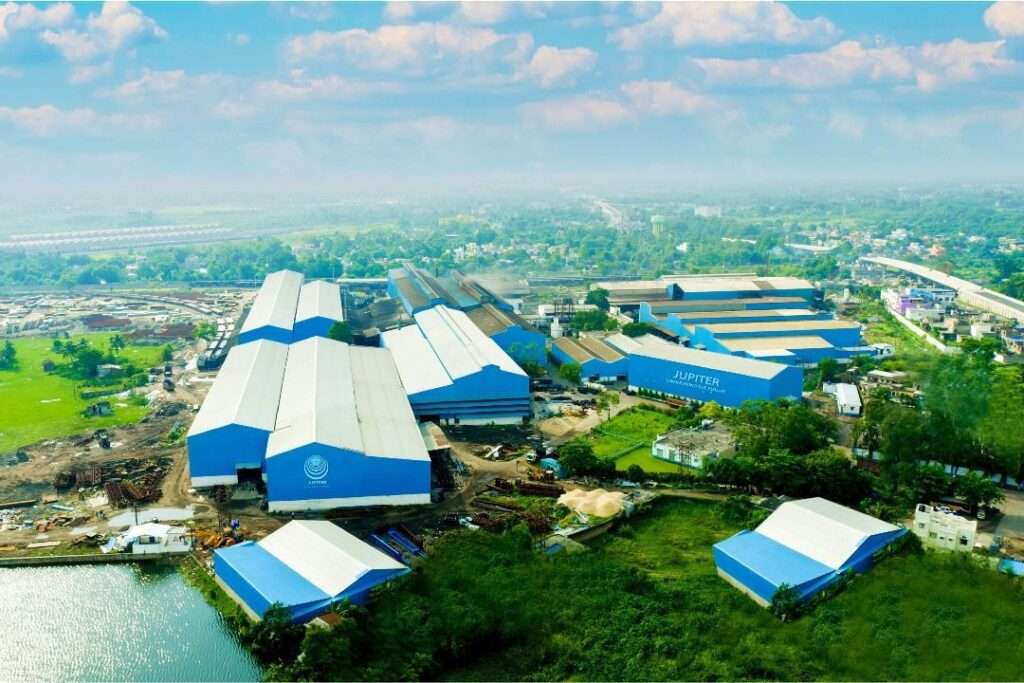- The Suez Canal is extremely important for the Indian economy because of its strategic location on the sea routes between the Red Sea and the Mediterranean.
- It is the only alternate sea trading route to the traditional Cape Route, which is two week’s longer worth of journey.
- Daily 50 ships pass through the 120-mile stretch of the mighty Suez Canal, Making up to 19,000 ships a year!
Part II: Significance of Suez Canal on Indian Industries
To recap for a bit, we have talked about the history and significance of the Suez Canal in the previous article. Today, we will investigate how the Suez Canal is actively shaping the industry and trade in our country, with emphasis on the manufacturing industry.
The Need for an Alternate: Suez Canal
As we have mentioned before, the Suez Canal is the busiest man-made shipment route in the world. Moreover, it is one of the only two routes to link Asia to Europe and North/Northeastern America via heavy shipping, on which all industries including the manufacturing industry depend almost exclusively.
Among these two routes, the original (and much longer) route is to go around the whole continent of Africa, via the Cape of Good Hope, and make a beeline through the Indian Ocean directly to Calicut, Kochi, or Mumbai. This route was first discovered by the Portuguese explorer Vasco Da Gama and was extensively used by large Asian companies needing freight – for example, the British East India Company.
That all sounds fine, but there were a lot of issues with this line, called the Cape Route. First, it was painfully long! To travel from the US east coast to India through this route, a vessel will have to go roughly twelve thousand nautical miles – a daunting prospect for most ships of the olden days. Indeed, the idea was absurd to be used as a standard trading configuration.
The Cape Route is two weeks longer than the Suez Route.
Instead, the route was cut up into smaller parts using multiple ports on the African shoreline and using England and Eastern African ports like Mozambique, etc. as hopping points. Furthermore, there was the piracy issue, and the cost of all that long route including all the fees and levies of various ports would add up to something horrific.
No trading company would benefit from this unless the cargo was extremely precious for the destination! And therefore, we have the very necessity, mothering the invention of the Suez Canal – an alternate route between Europe/America to India/Asia.
Why Suez Canal is Useful for Trade

A shipping waterway going through Africa rather than going around would reduce the journey length by at least 4,000 nautical miles, would be much safer, and could touch the Arabian trading ports on the way. Also, for European countries, this route going through the Mediterranean Sea would be very, very much shorter than the long journey of the Cape Route.
Thus the isthmus of Suez was pierced in 1869; and thus the seas of the Orient and the Occident were linked up, promising bountiful, easy trade between the East and the West. As of 2020, 50 ships daily pass through the Canal, summing up to nearly 19,000 ships per year crossing this 120-mile stretch.
The Suez Canal primarily serves as the shortcut to India from Europe and America. That same journey we have mentioned before via the Cape Route from America to India? Using the Suez Canal, it reduces to a mere 8,000 nautical miles, including the transatlantic passage! Perhaps it would be better if we express that in terms of the time taken. It would take two weeks longer for modern container ships to make the journey that is covered by the Suez Canal in a single day!
Impact on International Trade between India and Europe/ America
To be frank, our industry depends a lot on international trade and international shipping routes. The Indian subcontinent serves as the factory floor to much of the western countries. Raw materials come from the Americas and Europe, and finished goods are shipped to retailers or assembling floors in return. Most of that depends upon the choke point – both physically and financially – that is Suez Canal.

In fact, the Suez Canal controls a total of 12% of global trade, and 7% of the oil trade by volume. Of the daily global shipping, 30% goes through the Canal. If it is chocked – like in the recent Ever Given fiasco – then there will be at least two week’s worth of delay and accompanying huge costs imposed on that amount of trade goods.
Indeed, our manufacturing industry is so dependent upon the Suez route that a total shutdown of the route will affect the industry so badly that much of our manufacturing shops might even shut down. This will happen despite the rerouting through the Cape Route. Because, simply put, many businesses depend upon the discount offered by the Suez route.
A blockage in the Suez route will have a domino-like effect; one thing leading to another. The shipping costs will go too high, there will be too much delay, shipments will get cancelled – all with the inevitable effects that mean on the factories. The workshops won’t be getting enough materials, and they won’t be able to move the produced goods at a profitable rate.
There will even be political issues concerning who will cover the increased shipping fees, and where. The increase in the number of local ports having to work as trade hubs will mean a larger issue of local politics trying to muscle in. With the increase of transit costs and times, companies may decide it would be cheaper and simpler, in the long run, to open local factories, instead of getting it done from India.
Dependence of Indian Business on Suez Canal
The dependency of Indian industries on the Suez Canal in terms of shipping could not be overstated. The world has been seeing a large increase in global shipping volume – at least three times what it was only a couple of decades ago – and India is seeing even more of an increase since opening doors to the global market.

Businesses and factories in India depend heavily on exports and imports via ship routes. India imports crude oil, raw gold, coal, solid fuels, diamonds, electrical and mechanical instruments, special metals, organic chemicals, plastics, iron and steel, and high-precision instruments are our top imports.
We use these materials and instruments (especially plastics, chemicals, and special metals) to manufacture many kinds of products and ship them off to western countries. India’s most exported products are petroleum products, mineral fuels, precious stones, heavy machinery, computers, electrical machinery, electronic equipment, etc.
Our top import and export friends outside are the US, UAE, China, UK, Hong Kong, and European countries like Germany and Netherlands. Since heavy shipping connection to the USA and Europe happens only through the artery that is the Suez Canal, our manufacturing industries are almost exclusively dependent upon it. That is especially true for the electronics and electrical domains, which run on material supplied from the west and profit generated from shipping to the west in return.
India would hurt the most if the shipping connection to the USA is severed or delayed. As of 2020, India trades with the USA the most – over Rs. 6 lakh crore, which is three times that of the previous decade. Despite the pandemic issue, the curve continues to rise only. But the catch is that much of all of that is directly dependent upon the shipping through the Suez Canal.
Indian Manufacturing Industry and International Trade

India has the potential to become the next global manufacturing hub and is progressing towards that goal, almost definitely. What the modern eCommerce-based market in the western countries seeks most are textile goods like clothes and home furnishing, electronic equipment and gadgets like computers, and leather goods like belts, purses, etc. Happily, India is proficient in manufacturing all of these. And after manufacturing, these goods are transported using huge container ships to the destination countries like the UK, France, Germany, and the USA.
As mentioned before, the manufacturing sector in India is gearing up to become the global leader in the industry. The process directly responsible for this is probably the present prime minister’s “Make In India” movement – and similar thoughts and drives of Indian industrialists before this. A short measure of this fact can be taken for the goal of creating 100 million jobs in the manufacturing sector – with all that accompanies it.
Global high-tech manufacturing giants are preferring India over other Asian countries now due to this new excitement in the Indian manufacturing sector. Indeed, renowned names such as GE, Siemens, HTC, Toshiba, and Boeing have either already set up factories, or are in the process of erecting factories here. The main attraction behind their enthusiasm is based upon the over-a-billion strong market and gradually increasing purchasing power that is seen in the Indian market nowadays.
Although the more important reason for India’s growth in the manufacturing sector is the proximity with China and our voluminous import connection with them, India’s international export of finished goods depends almost solely on the traffic through the Suez Canal. The product delivery to Europe and Northeastern America happens directly through this channel, and the profitability of this route due to low shipping costs acts as the lifeline to the profits of the manufacturers in India.
India, being the third largest pool of scientists and technicians in the world, is immensely lucrative to most high-tech manufacturing giants. The workforce here is not only efficient, it is incredibly cost-effective as well. It is a fertile ground for electronics and computer industries, suitable for rapid growth and exponential profiting. However, much of that depends upon the export trade options.
Ease of naval access helps India a lot in becoming the next global manufacturing hub.
This is because India’s own market, while voluminous, isn’t much good at purchasing power or is much informed, about these high-tech products, as of now. So, our manufacturing industry has to rely upon the export trade routes, the majority of which go through the Suez Canal.
The recent issue with the Suez Canal blockage should be an eye-opener for the Indian industries, especially the manufacturing sectors. During the blockage, there were two Indian ships that were caught in the deadlock of 150+ ships in the canal, with a lot more waiting behind. It should be very indicative that instead of turning back to take the Cape Route, the Indian ships chose to wait it out. Very understandably so – instead of taking two week’s worth of uncertain and costly journey of an extra 7000 miles, they chose to wait out a week and we’re prepared to stay even longer!
This alone reveals India’s total dependence upon the Suez Canal for the trade of manufacturing goods and other export/imports. If we are to become truly independent, perhaps it would be wise to figure out other trading routes that are more dependable yet cost-effective.








